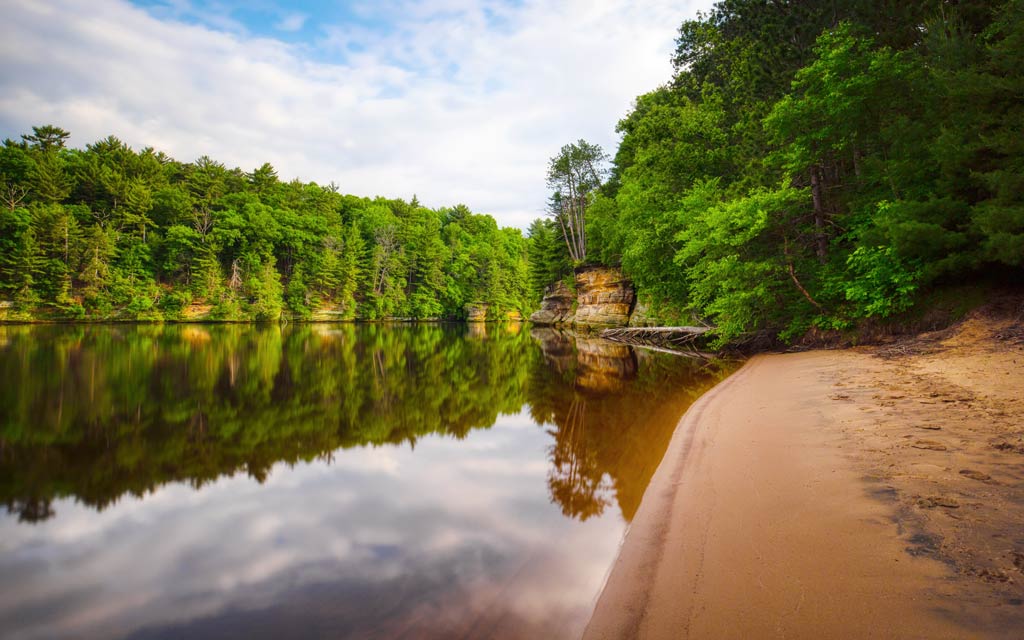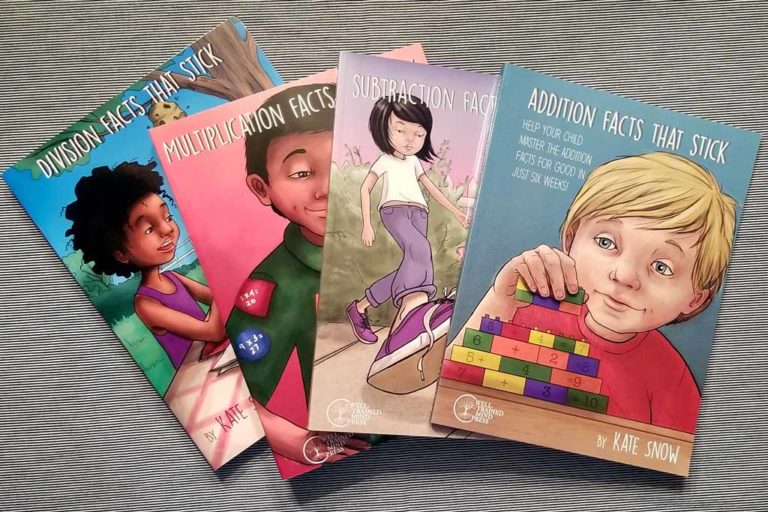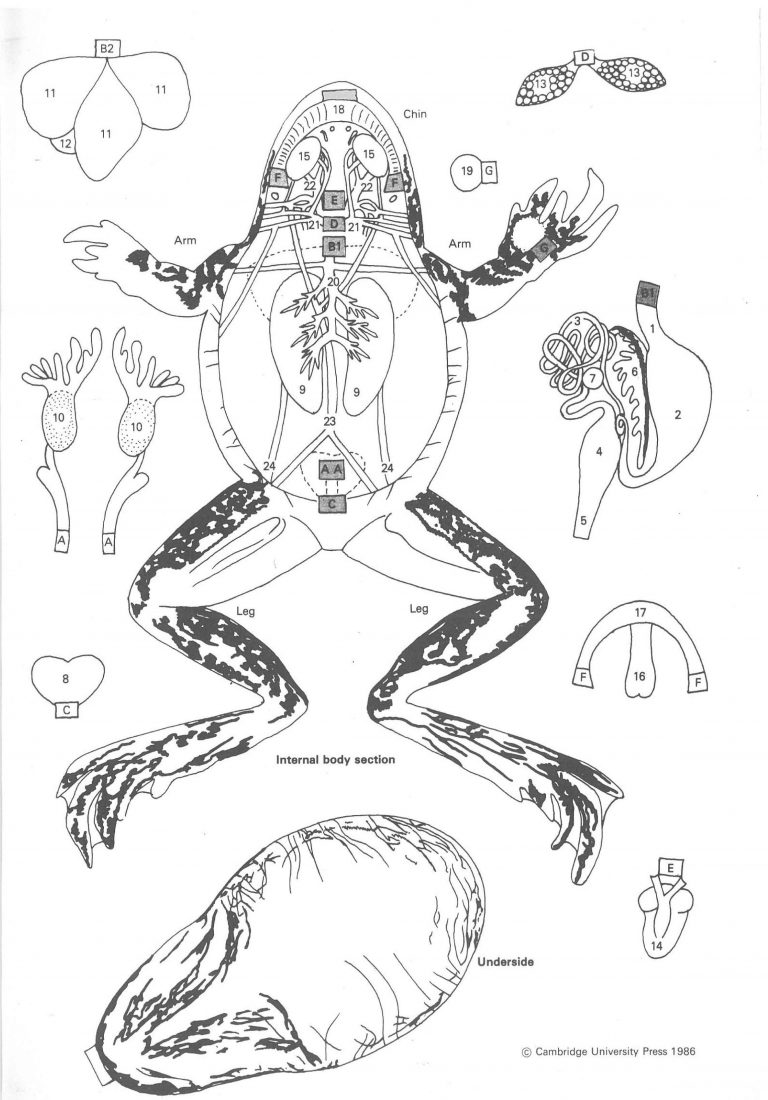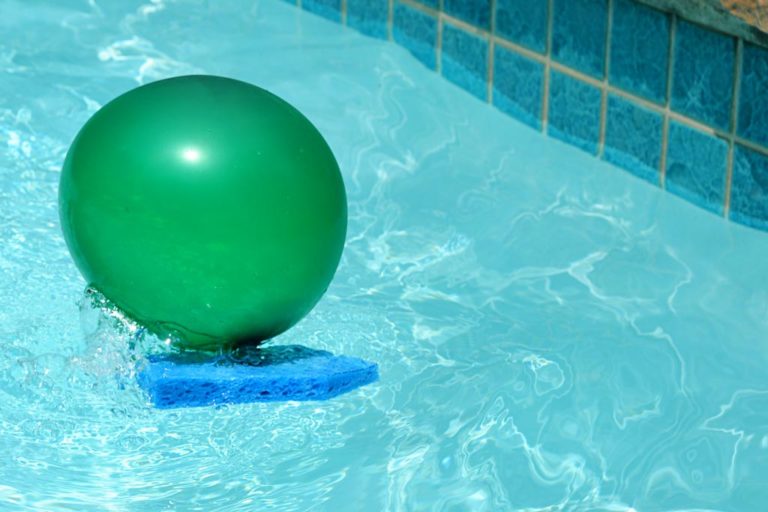‘The Raft’ Family Unit Study {Or, how to do a Unit Study for any book!}
We are homeschoolers and homeschoolers love a good Unit Study!
Now, to be fair, we are not those homeschoolers. You know, the ones whose kids are up practicing their violin at 7 a.m. after a nutritious breakfast. But, those homeschoolers are great. We’re also not those homeschoolers. You know, the ones who follow their children’s whims even if it leads to daily binges of Fortnite or spending weeks tracking down every dinosaur-related book, field trip, and video in the area. But, those homeschoolers are great.
We are somewhere in between. The homeschoolers that find both ends of the spectrum fascinating but is not really either of them. Usually, my kids are wearing pants and we make sure to hit math and language arts daily.
Usually.
However, after binging The Brave Learner, by Julie Bogart, I wanted magic. I wanted adventure. I wanted to loosen up and still feel accomplished.
We had a stack of library books. We always have a stack of library books. We mixed it up by starting our day forgoing the school table and opening the library bag. We moved our read-aloud time to breakfast. I happened to have two books by Jim LeMarche, Pond and The Raft.
After Pond we were hooked. The kids, ranging 7 to 12, wanted more. We moved on to The Raft. The Raft follows Nicky as he spends the summer with his very unplugged Grandmother at her cabin in the woods. And, here is where I decided to really trash our day and go off-book.
Where were they?
We decided to use the book to try to narrow down the location of the cabin. Let me preface this by saying do not let the kids read the book flap (if you have a hardback) or description as the answer is right there.
The book is littered with clues. We used them to narrow down the summer getaway’s location. What could we cover academically on this mystery adventure? Reading, writing, research, art, geography, history, math – hmm, well that is actually quite a lot.
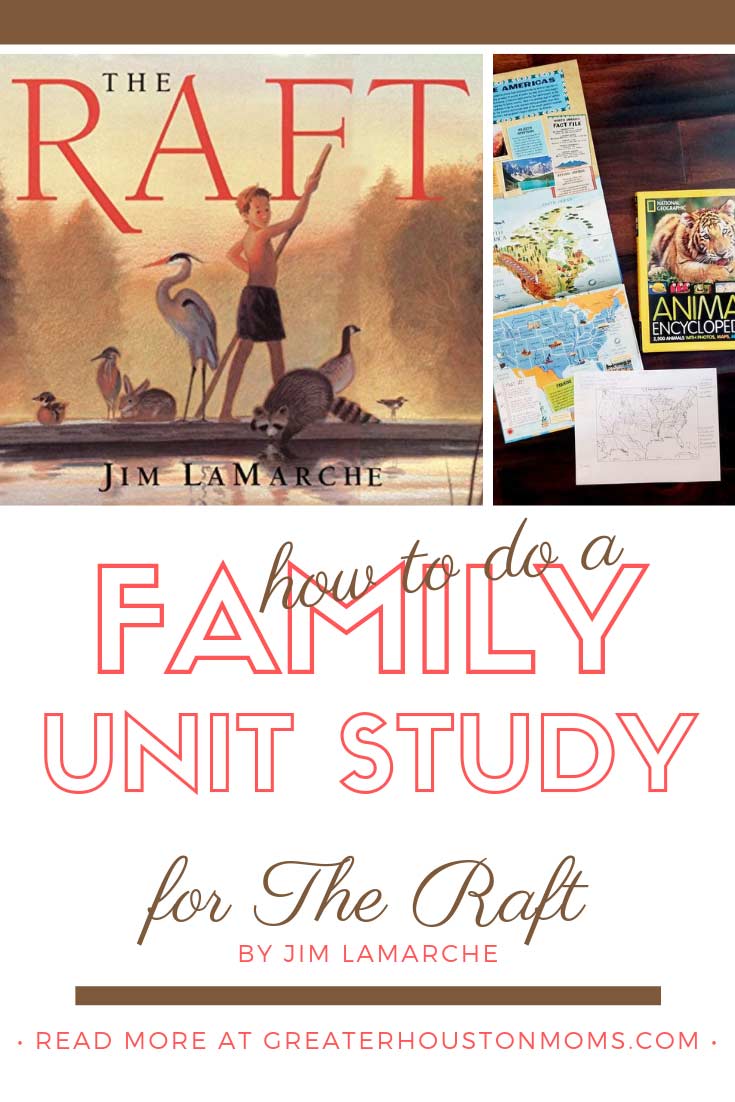
How to do a Unit Study
1. Choose your question
In our case, the question arose from a book, The Raft. But, questions come from anywhere – art, TV, why is the dog doing that?!
We read the book and decided to ask and see if we could determine from the book’s clues:
Where are they?
2. Identify the Clues
We realized that there were a lot of things mentioned in the book that could be regional. So, we made a list:
- General Location – we assumed the U.S.
- Blue Gills
- River Otters
- Bears
- White Tail Deer
- Raccoons
- Foxes
- Fresh Water Clams (pearls?)
- Cattails
- Humid Summers
- River
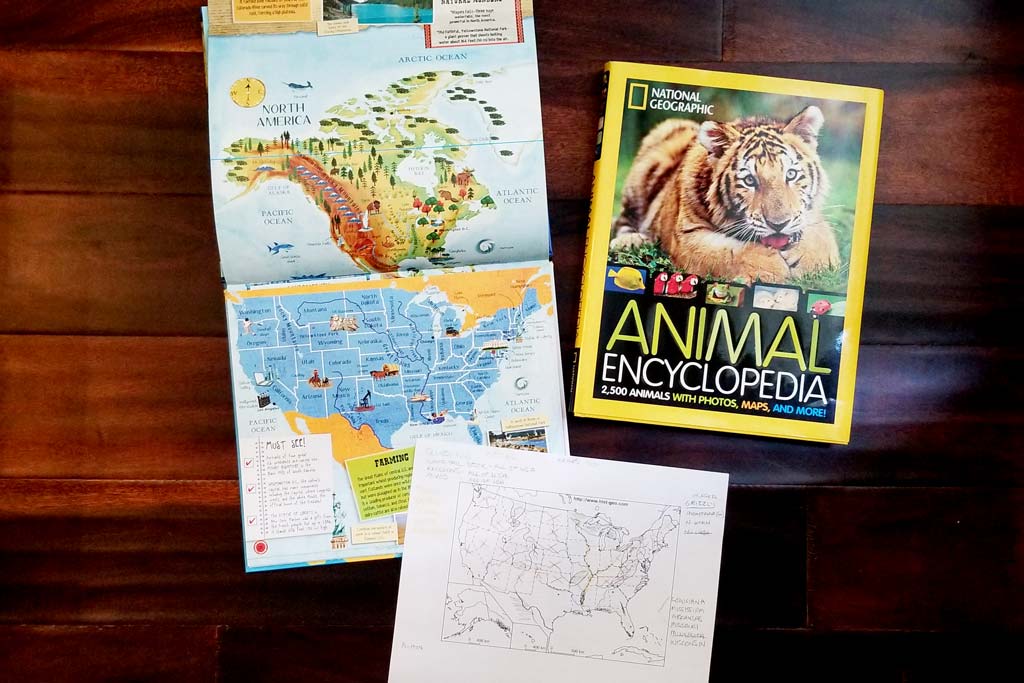
3. Research the Clues
Like every homeschooler I have ever met we have a plethora of books. This was a great opportunity to dig in and see if we could find some answers.
We started with an Atlas and an Animal Encyclopedia. There are a lot of great ones but I really like and used these:
- Barron’s Amazing Fact-Packed, Fold-Out Atlas of the World: With Awesome Pop-Up Map!Â
- National Geographic Animal Encyclopedia: 2,500 Animals with Photos, Maps, and More!Â
Here we determined the best way to figure out where Nicky and his grandmother were would be to cross-reference the animals’ known ranges on a blank map of the United States. I downloaded this free one so that we could see states boundaries and rivers.
Then we brushed off our trusty colored pencils and go to work.

4. Find the Answers
Initially, we started with the books we had. If we could not find a sufficient answer we went online. I really like being able to cast my phone or tablet to the TV screen. So, we worked like that. Each of us reading and honing our search terms.
If we needed a video we would watch it.
As we found an animal’s range we would shade its rough location on the map. If there was somewhere it did not go – we put big ‘X’s on it.
Age and ability will determine how much each person is doing – writing, reading, etc. If you get bogged down in research and a little one gets bored or starts to stray introduce a blank sheet and a photo for them to make a nature card or picture.

Everyone can help. Everyone can discuss.
One of our big discussions was about bears. The kids were convinced a grizzly bear was referenced. They spent a lot of time examining the page in the book that showed the bear carving.

I thought we had better odds of it being a black bear – hello, math, probabilities, and persuasive arguments!
Once we got this far we had it narrowed down to six states: Louisiana, Mississippi, Arkansas, Missouri, Minnesota, and Wisconsin. Based on everything we researched the only clue left that I felt was identifying was that they described the summer as “hot and humid.”
Here is where perspective comes in. We live in Houston. We know “hot and humid.” We wear our glistening, sweat-drenched t-shirts like a badge of honor five months of the year (if you think summer is only three months you do not live here). We crossed out Minnesota and Wisconsin.
5. Check Your Work
Like any good math teacher would tell you – check your work! Once you have an answer it is a good idea to make sure it is the correct one. Good thing because (ahem) we were wrong.
What?! They don’t have hot humid summers! Except, apparently, they do. Who knew? Well, now we do!
6. Just Keep Learning, Just Keep Learning, Just Keep Learning, Learning, Learning! What do we do? We Learn, Learn, Learn!
And, then you get crazy.
Here is the secret you can do whatever you want. This book can take you many different directions. We chose to make cornbread like Nicky and his grandmother ate. It is delicious and cooking involves math and chemistry.
We use a great (or should I say, the Best) recipe from Once Upon a Chef.
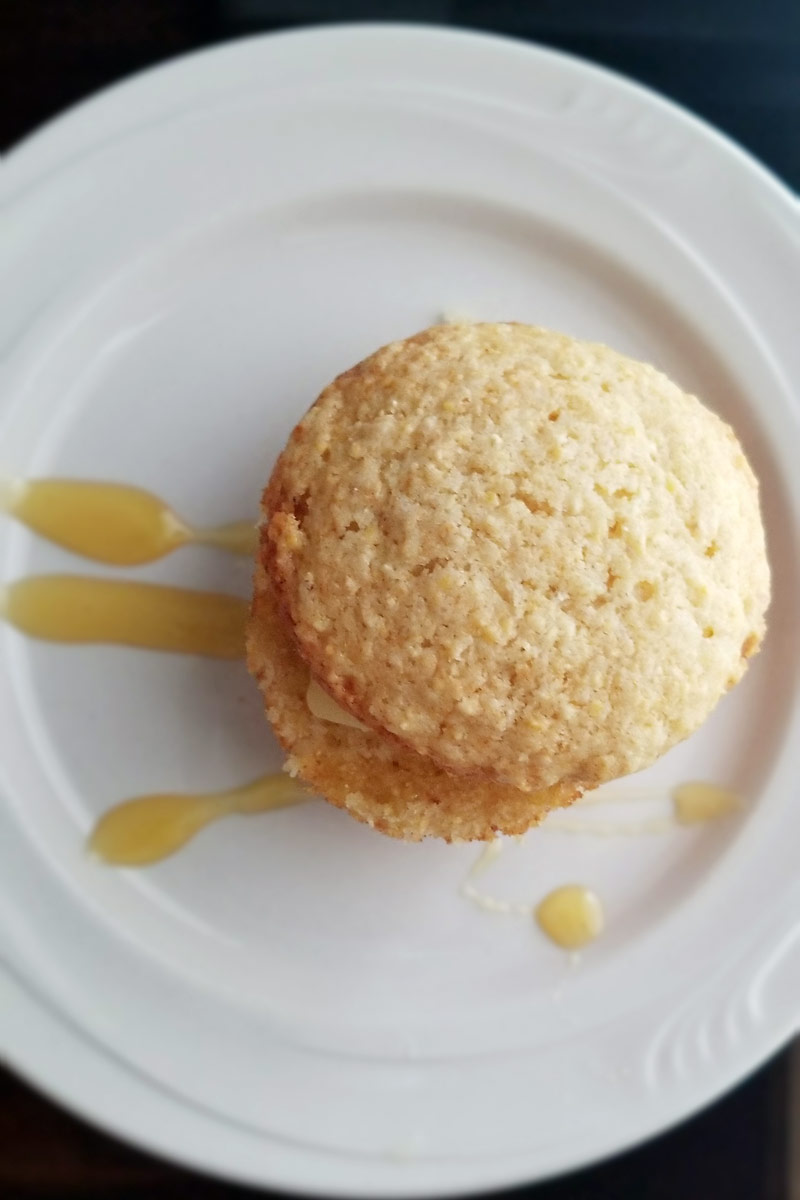
There are so many more options!
- Discuss Classification while you research the animals – what makes one different from the other?
- Make cane poles and go fishing
- Make a raft – Sailing a Stick Raft, Duct Tape River Raft
- Learn how to lash
- Use Chalk Pastels to practice drawing birds
- Copywork from the book
- Visit a wetland area, zoo, lake, etc.
- Make Animal Tracking Cards
- Coloring Pages: Otters, Birds, Fox

